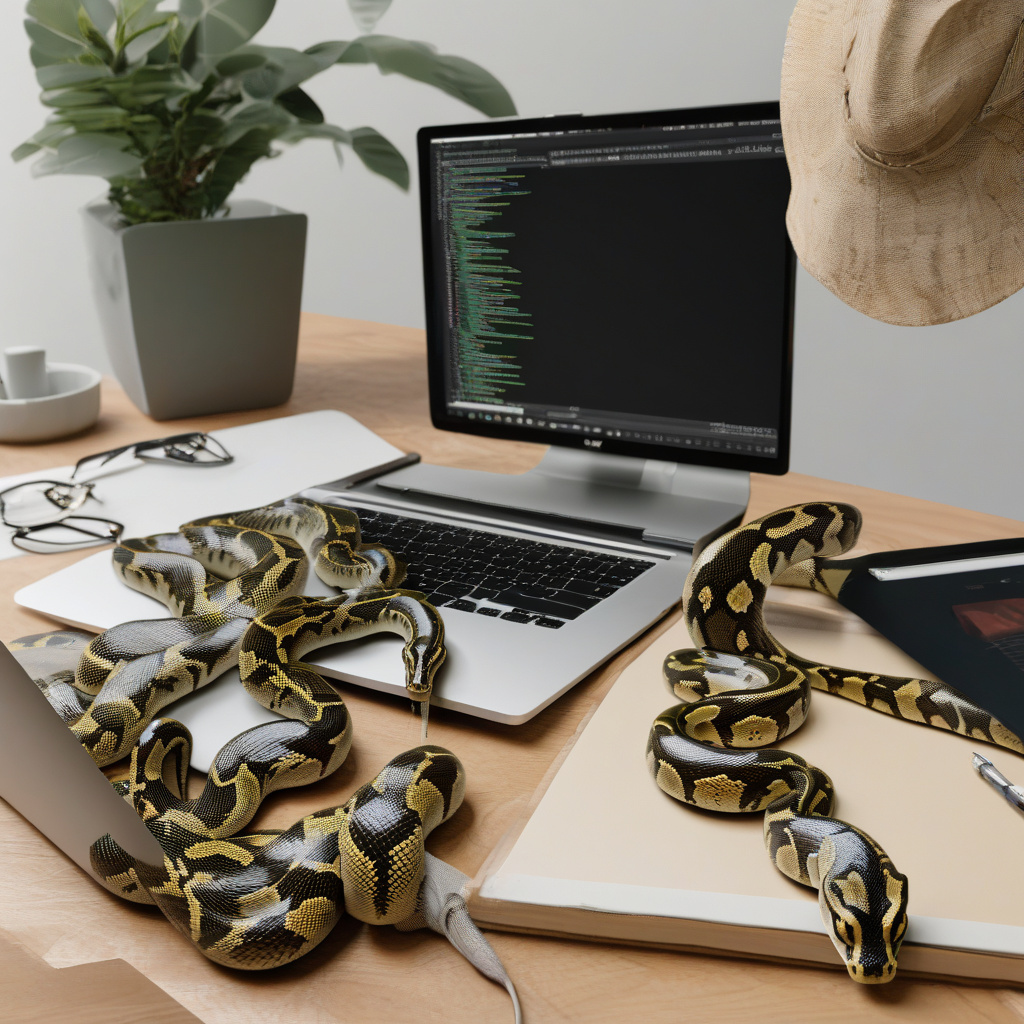Title: 7 Python Debugging Techniques Every Beginner Should Know
Python, with its versatile capabilities and user-friendly syntax, has gained immense popularity among developers of all levels. However, encountering bugs and errors is an inevitable part of the coding journey, especially for beginners. Fear not! By mastering these seven essential Python debugging techniques, you’ll soon find yourself laughing at your old error messages.
- Print Statements:
When in doubt, print it out! Adding print statements at key points in your code can help you track the flow of execution and identify variables’ values. This simple yet effective technique provides valuable insights into how your program is running and where issues might lie.
- Using a Debugger:
Python offers a built-in debugger module that allows you to step through your code, inspect variables, and analyze the program’s state at different stages. By setting breakpoints and running your script in debug mode, you can pinpoint the exact line of code causing trouble.
- Logging:
Logging is a powerful tool for capturing runtime information and debugging messages. By strategically placing log statements in your code, you can gather detailed insights into the program’s behavior, even in production environments. Python’s logging module offers various levels of logging to suit your needs.
- Try and Except Blocks:
Exception handling is a fundamental concept in Python programming. By wrapping problematic code in try and except blocks, you can gracefully handle errors and prevent your program from crashing. Additionally, except blocks can provide valuable information about the type of error encountered.
- Code Review:
Seeking feedback from peers or mentors through code reviews can uncover hidden bugs and potential improvements in your code. Fresh eyes on your script may spot logical errors or suggest alternative approaches that could enhance its performance and readability.
- Debugging Tools:
Take advantage of third-party debugging tools like PyCharm, Visual Studio Code, or pdb (Python Debugger) for a more interactive debugging experience. These tools offer features such as variable inspection, code stepping, and real-time error highlighting to streamline your debugging process.
- Unit Testing:
Implementing unit tests using frameworks like pytest or unittest can help identify bugs early in the development cycle. By writing test cases that cover various scenarios and edge cases, you can ensure the reliability and correctness of your code while simplifying the debugging process.
By incorporating these seven Python debugging techniques into your coding repertoire, you’ll not only overcome errors more efficiently but also gain a deeper understanding of your codebase. Remember, debugging is a skill that improves with practice, so don’t be disheartened by challenging bugs. Embrace the debugging process as an opportunity to enhance your problem-solving abilities and elevate your coding proficiency.
So, equip yourself with these debugging moves, and soon enough, you’ll be looking back at your old error messages with a sense of accomplishment and a newfound confidence in your Python programming skills. Happy debugging!

